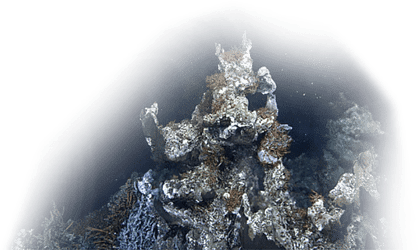On 16 September 2015, a magnitude 8.3 earthquake occurred at 22:54:33 UTC off the Chilean coast, 229 kilometres northwest of Santiago and at a depth of 25 km.
This subduction quake was the result of thrust faulting at the interface of two major tectonic plates, the so-called megathrust, forcing the Nazca plate to push beneath the South American continent.
The size, location, depth and movement of this event are consistent with a megathrust event in Southern Chile. There is a one in 10 chance that the west coast of Canada will experience a similar megathrust quake—over magnitude 8.4—within 50 years.
Realtime seismic monitoring at ONC
Three Ocean Networks Canada broadband seismometers recorded this event in realtime, 10,500 kilometres from the origin of the quake. These instruments lie buried in sediments at Cascadia Basin, Clayoquot Slope and Endeavour observatory sites off the BC coast.

ONC’s new Earthquake Display, currently under development, shows the selected earthquake (right table), the selected seismometer location (lower table) and the distance between (green line).
All three plots start at the time of the earthquake and have a duration of one hour. At the13-minute mark, ONC seismometers recorded the first ground motion or primary (P) waves caused by the earthquake followed by secondary (S) waves at 24 minutes. P and S waves travel through the earth’s interior while the slower secondary waves travel on the earth’s surface, as their name suggests. As indicated in the time-series above, surface waves usually cause the strongest ground motion.
Broadband seismometer, housed within a titanium sphere, hangs suspended above a yellow float during deployment at Cascadia Basin (2014).
For more information on seismic monitoring at ONC, please contact: Dr. Martin Heesemann, senior staff scientist.
